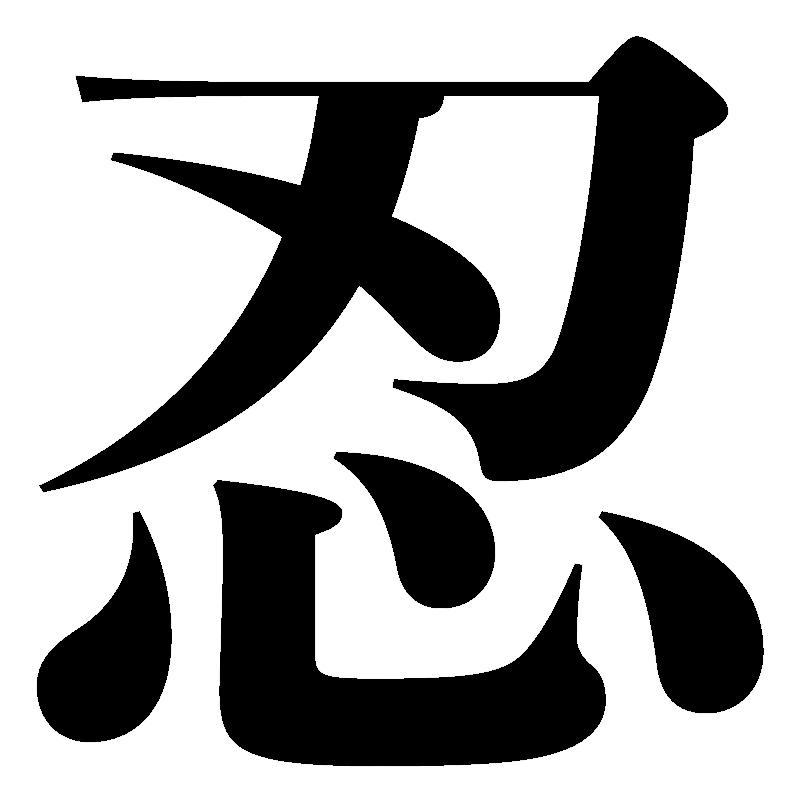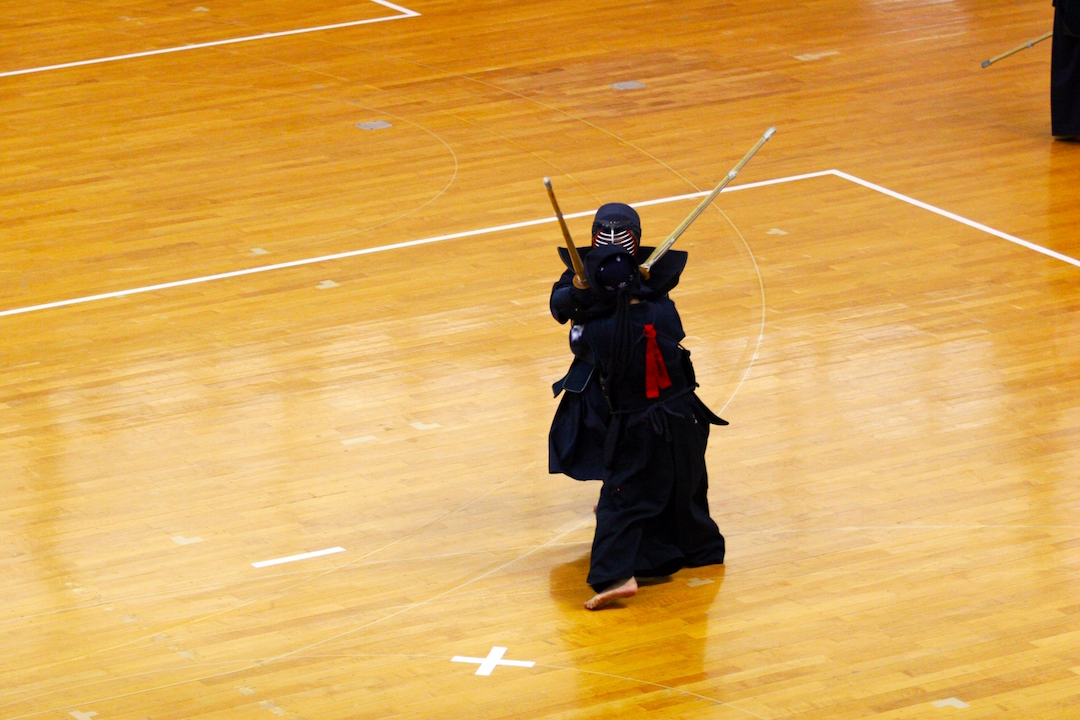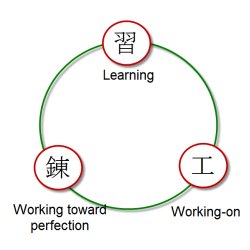You Got It!
Kendo Wisdom:
Teachings from Ancient Samurai
We have a lot of kendo wisdom from ancient samurai swordsmanship. As we all know, samurai learned not only kenjutsu but also jujutsu and all other stuff to be a "warrior".
So we all have some common sayings and teachings in all martial arts.
A funny thing is that it is not only martial arts we can learn from, but also we can learn from sado (tea ceremony), shodo (calligraphy) and so on.
It means we can all learn from each other and share the views of our "ways".
Here I would like to share what I have learned from kendo.
I also try to connect insight from readings to kendo knowledge so that we can apply kendo teachings to our living world.
Time is money. Get what you want, learn what you want, and come back and learn some more to improve the world kendo!
The Meaning of Shinobu
|
You might know the kanji because it is one of the kanji for ninja. But do you really know what this means? The kanji consists of 2 different kanjis; the blade and the heart. Click to learn what we can learn from this kanji and an old episode from China. |
技を盗む: The Process of Stealing Techniques
|
- You don't learn techniques. You steal techniques. Now teachers show you what to do in detail but back in old days they didn't really teach you but "showed" you how things done. We need both. "We need to learn and study what our teacher shows us." In this article you will know the process of "stealing techniques". |
Shiai Should Be Like Keiko. Keiko Should Be Like Shiai
|
- Do you agree with having a match or shiai in kendō? Some people do not like shiai because it helps kendō become TOO competitive. Others think that shiai is an important aspect of own training process. |
Yagyu Sanma no Kurai : The Learning Process
|
- This is one of the teachings given through generations in Yagyu school. It looks like common sense at a glance but it is deep. |
Meikyo-Shisui: The Meaning of Meikyo-Shisui
|
- This is a good phrase for us to understand how our mind should be all the time and is one of the best descriptions about how we should keep the state of our mind. |
The Meaning of Hin
|
|
- Does your kendo have hin? I used to hear this word a lot. The translation of the word is quite easy but it is hard to understand and perform it. What is kendo with hin? |
Kachi ni Fushigi no Kachi Ari
|
- There are no mysterious victories but no mysterious losses. This is very interesting saying and it connects to one of kendo teachings we are very familiar with, zanshin! |
Issho Kenmei
|
- This phrase is used daily and frequently in Japan. But this phrase is related to the samurai world a lot. What does it really mean?
|
Shu Har Ri
|
- As kendo practitioners, we want to know where we are in our training process. Shu Ha Ri are 3 phases that tells us what we should do in each phase of the process.
|
Kan Ken No Metsuke
|
- There are two ways to observe our opponent. One is ken no metsuke and the other one is kan no metsuke. Do you know what they are?
|
Enzan No Metsuke
 |
- How do you see your opponent and which part of your opponent's body do you pay attention to? This teaching will tell you how you should see your opponent and where.
|
Ichi Gan Ni Soku San Tan Shi Riki
|
- This is kendo teaching that we all should understand. This teaching tells us which part of our body should be more important than the other parts of the body. |






